Question 9 (12 marks):
(a) Diagram 7.1 shows K (5, 1) drawn on a Cartesian plane.
 Diagram 7.1
Diagram 7.1
Transformation T is a translation
Transformation P is a reflection in the line y = 2.
State the coordinates of the images of point K under each of the following transformations:
(i) T2,
(ii) TP.
(b) Diagram 7.2 shows two pentagons KLMNP and QRSTU, drawn on a Cartesian plane.
 Diagram 7.2
Diagram 7.2
(i) Pentagon QRSTU is the image of pentagon KLMNP under the combined transformation WV.
Describe in full the transformation:
(a) V,
(b) W.
(ii) It is given that pentagon QRSTU represents a region with an area of 90 m2.
Calculate the area, in m2, of pentagon KLMNP.
Solution:
(a)
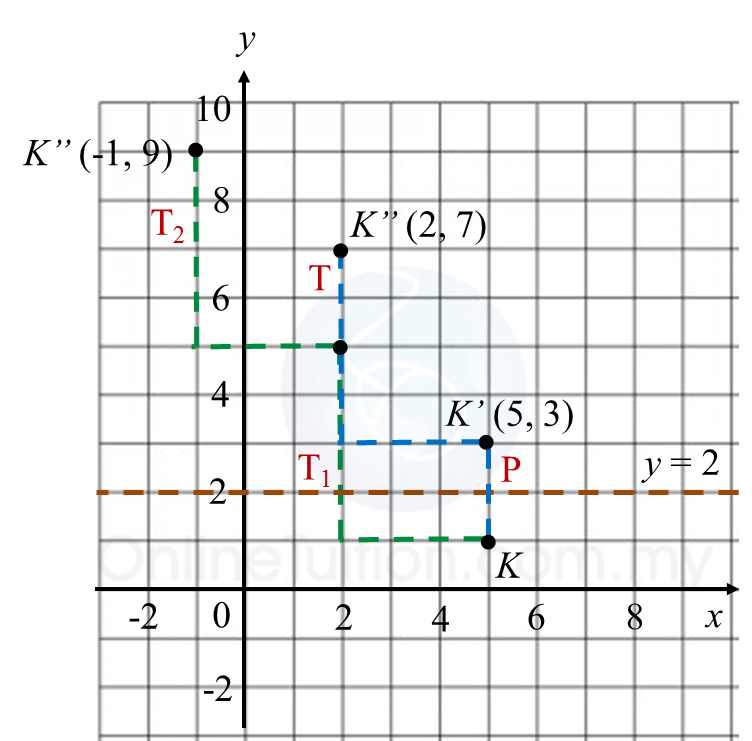
(i) TT = K(5, 1) → T1 → K’(2, 5) ) → T2 → K’’(–1, 9)
(ii) TP = K(5, 1) → P → K’(5, 3) → T → K’’(2, 7)
(b)

(b)(i)(a)
V: 90o rotation in clockwise direction at point K(3, 7).
(b)(i)(b)
W: Enlargement at point (1, 6) with scale factor 3.
(b)(ii)
Area of QRSTU = (scale factor)2 × area of object
Area of QRSTU = 32 × Area of KLMNP
90 m2 = 9 × Area of KLMNP
Area of KLMNP = 90/9 = 10 m2
(a) Diagram 7.1 shows K (5, 1) drawn on a Cartesian plane.
 Diagram 7.1
Diagram 7.1Transformation T is a translation
Transformation P is a reflection in the line y = 2.
State the coordinates of the images of point K under each of the following transformations:
(i) T2,
(ii) TP.
(b) Diagram 7.2 shows two pentagons KLMNP and QRSTU, drawn on a Cartesian plane.
 Diagram 7.2
Diagram 7.2(i) Pentagon QRSTU is the image of pentagon KLMNP under the combined transformation WV.
Describe in full the transformation:
(a) V,
(b) W.
(ii) It is given that pentagon QRSTU represents a region with an area of 90 m2.
Calculate the area, in m2, of pentagon KLMNP.
Solution:
(a)

(i) TT = K(5, 1) → T1 → K’(2, 5) ) → T2 → K’’(–1, 9)
(ii) TP = K(5, 1) → P → K’(5, 3) → T → K’’(2, 7)
(b)

(b)(i)(a)
V: 90o rotation in clockwise direction at point K(3, 7).
(b)(i)(b)
W: Enlargement at point (1, 6) with scale factor 3.
(b)(ii)
Area of QRSTU = (scale factor)2 × area of object
Area of QRSTU = 32 × Area of KLMNP
90 m2 = 9 × Area of KLMNP
Area of KLMNP = 90/9 = 10 m2

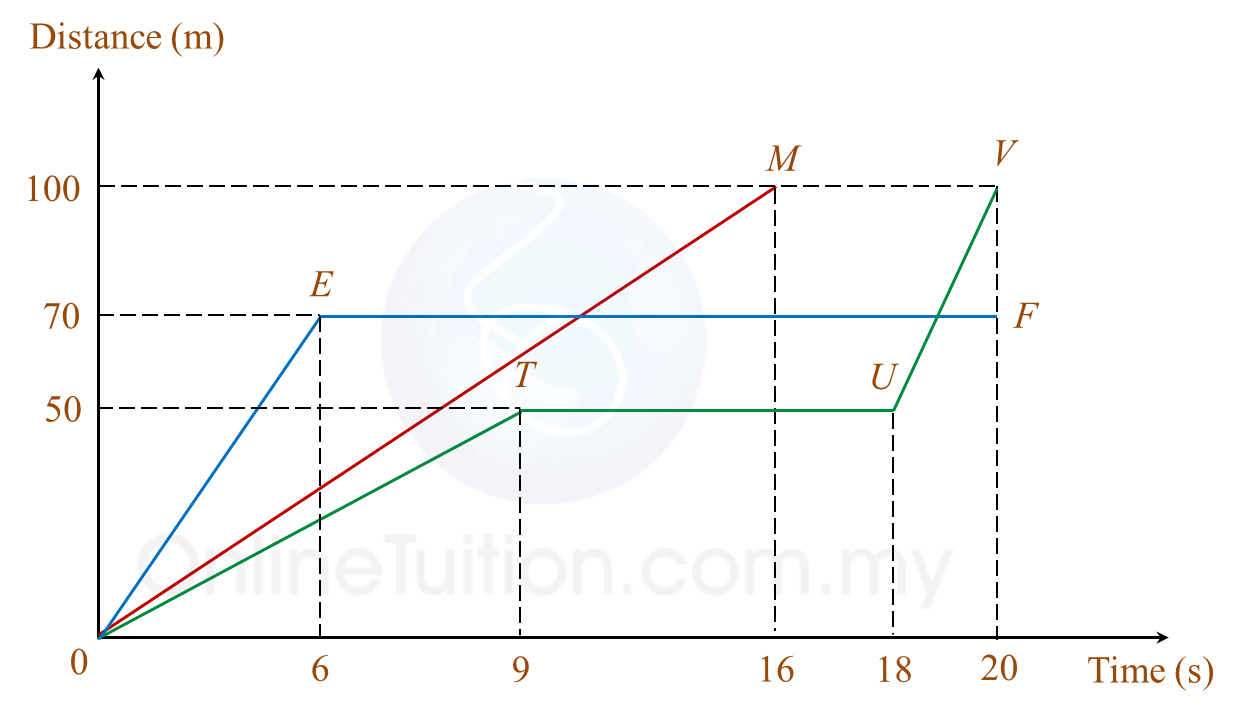 Diagram 6
Diagram 6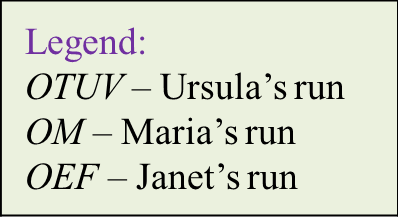
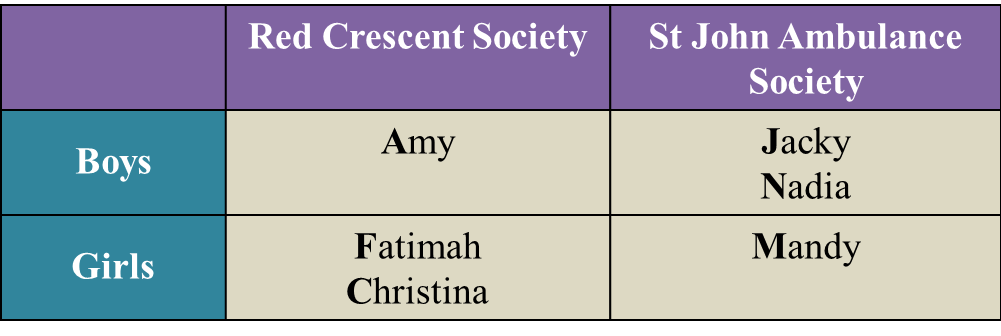
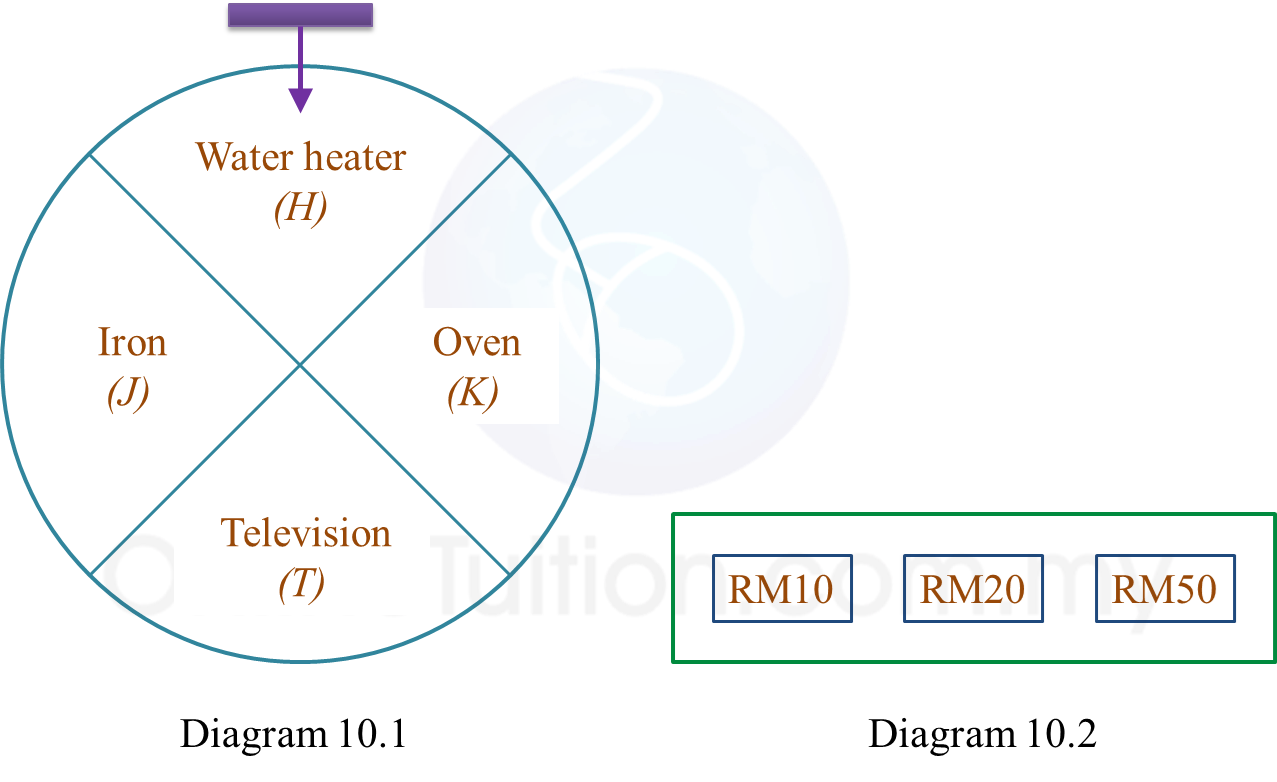
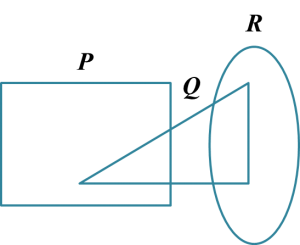
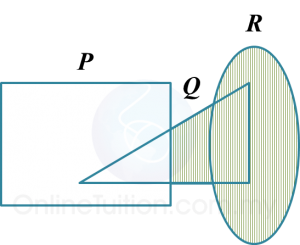


 Diagram 1
Diagram 1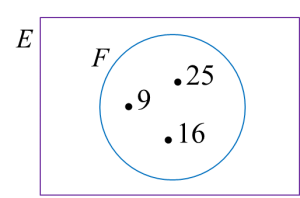

 Table 8
Table 8 Diagram 7
Diagram 7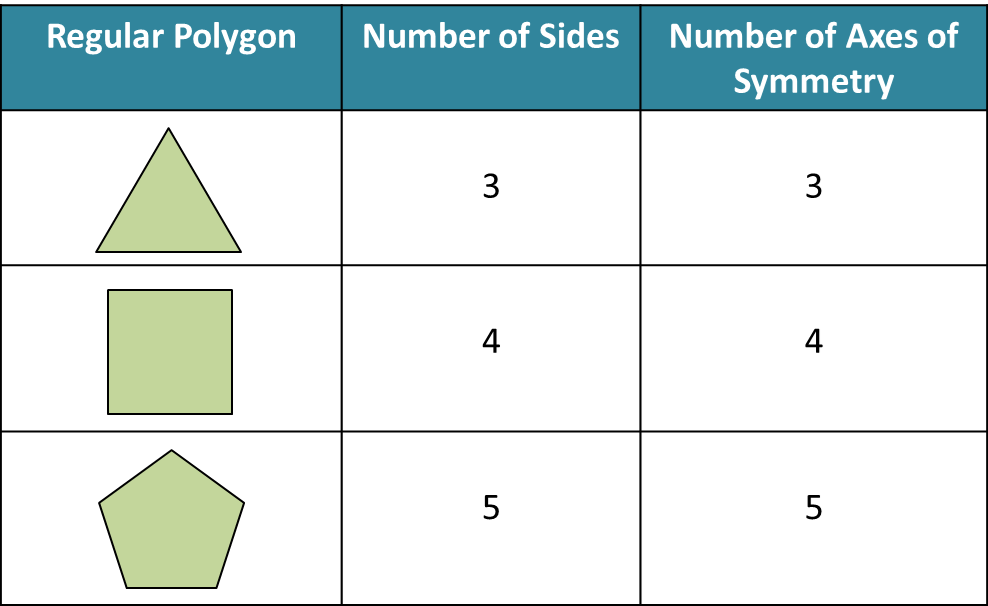 Table 1
Table 1



 Diagram 6
Diagram 6